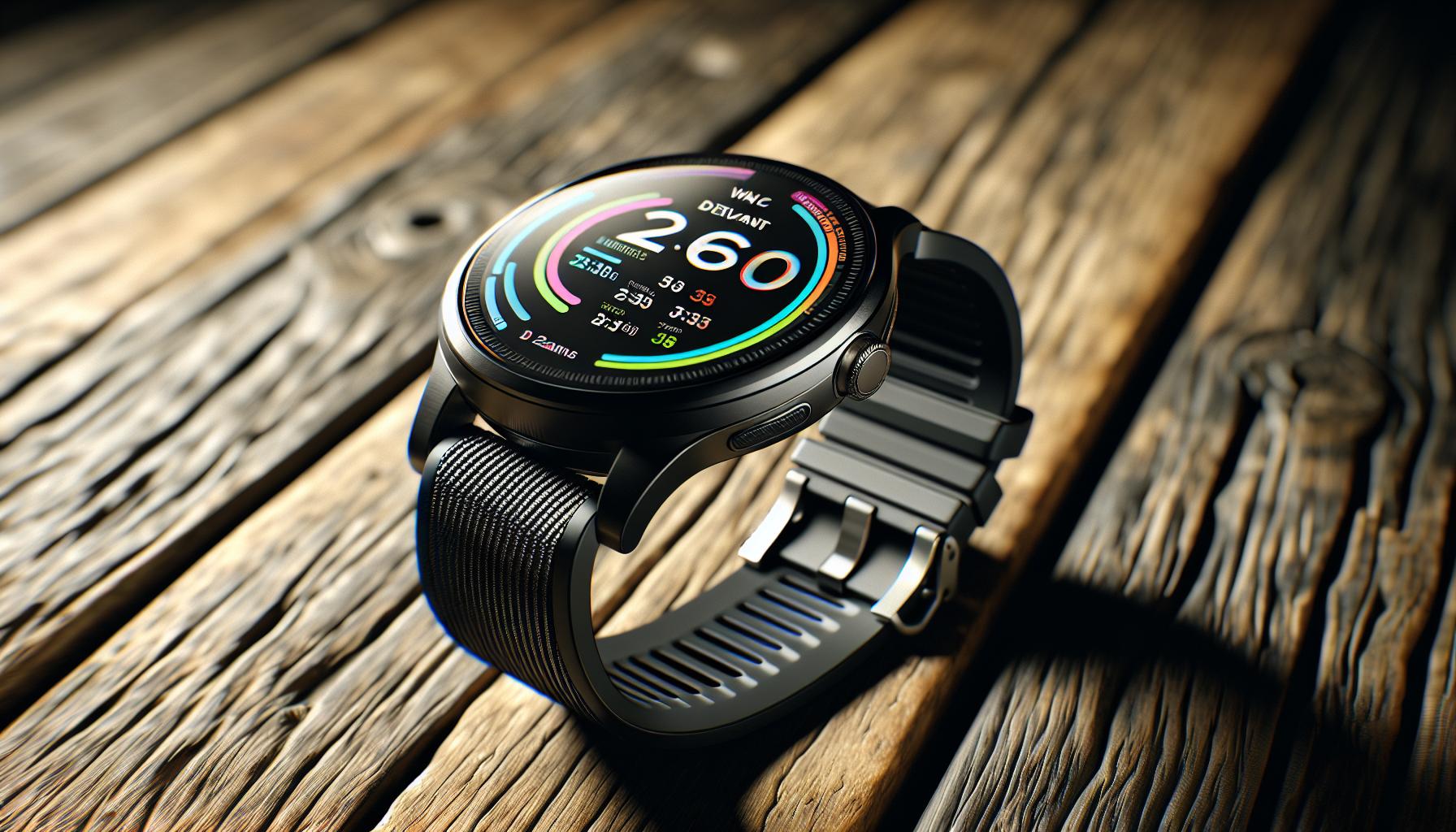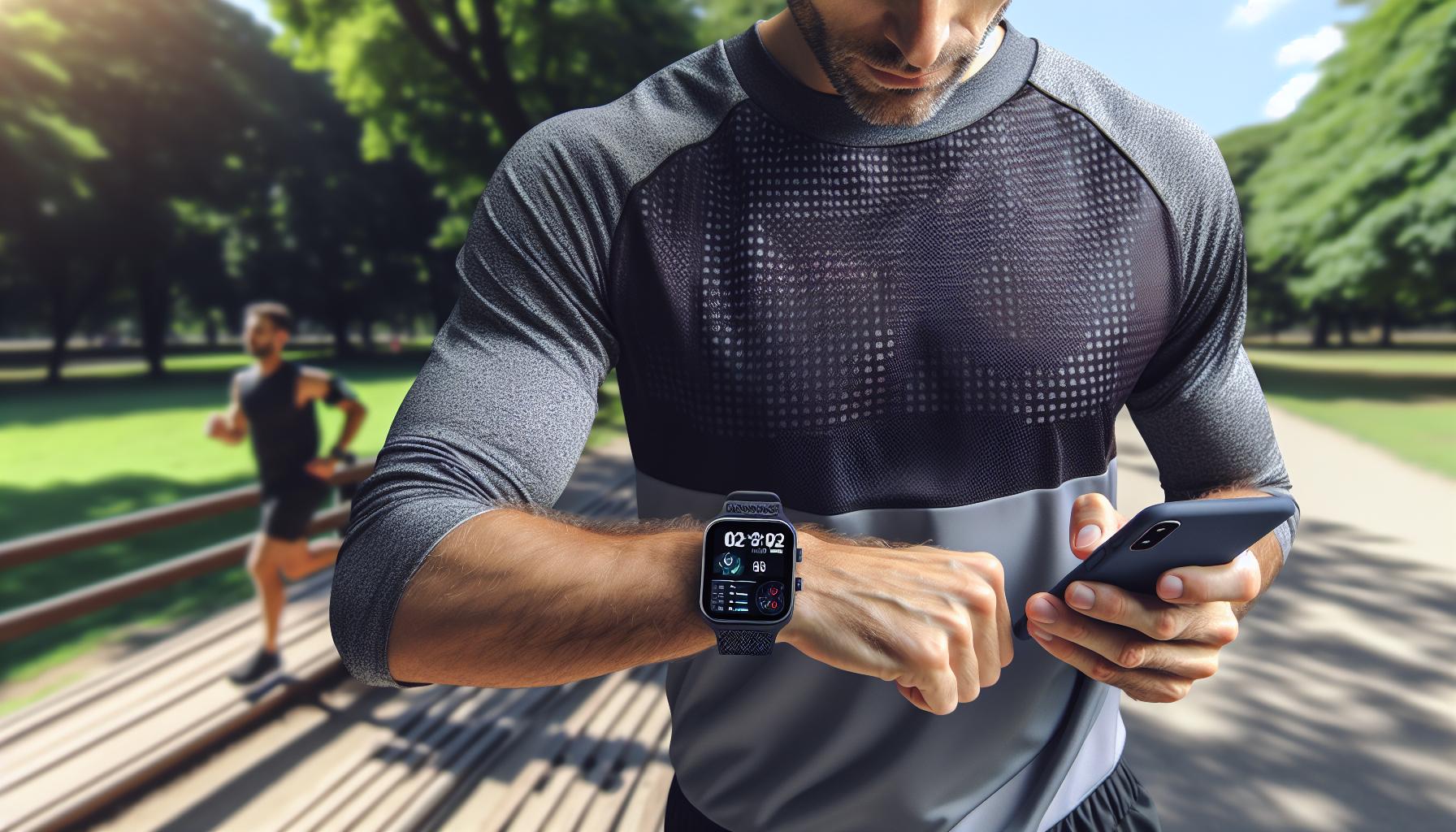Smartwatches have become a staple in our tech-savvy lives, offering convenience right on our wrists. But as I dive into this gadget’s capabilities, a question pops up: do smartwatches really need data plans? With so many models available, the answer isn’t as straightforward as it seems.
Some smartwatches thrive on cellular connectivity, allowing me to make calls, send messages, and stream music without my phone nearby. Others rely on Bluetooth, limiting their functionality when I’m away from my device. Understanding these differences helps me decide whether a data plan is worth the investment or if I can get by without one. Let’s explore the ins and outs of smartwatch connectivity so you can make an informed choice.
Key Takeaways
- Smartwatches vary in functionality; some models require a data plan for full capabilities, while others can operate effectively with just Bluetooth connectivity.
- Data plans enable independent internet access for smartwatches, allowing users to make calls, send messages, and stream music without their smartphone nearby.
- Types of data plans include standalone, shared, pay-as-you-go, and bundled options, each catering to different usage needs and preferences.
- Users should assess their smartwatch usage patterns to determine the necessity of a data plan, particularly for features like real-time notifications and GPS tracking.
- Budget constraints are crucial when selecting a data plan; evaluate monthly costs and fees to ensure alignment with financial priorities.
- Basic smartwatch models focusing on fitness tracking often do not require a data plan, making them suitable for budget-conscious users.
Do Smartwatches Need Data Plans
Smartwatches integrate technology into daily life, offering a blend of functionality and style. Their capabilities vary widely based on the model and features included.
What Are Smartwatches?
Smartwatches are wearable devices that connect with smartphones to deliver notifications, track fitness, and manage calls. They typically feature touchscreens and run on various operating systems, such as Wear OS or watchOS. The primary function of smartwatches revolves around enhancing convenience and providing quick access to essential information.
- Fitness Tracking: Most smartwatches include sensors for tracking heart rate, steps, and sleep patterns.
- Notifications: Smartwatches provide real-time alerts for calls, messages, and app notifications.
- GPS: Many models feature built-in GPS, allowing users to navigate and track outdoor activities without needing a phone.
- Music Control: Smartwatches enable music listening and control without needing to access the smartphone directly.
- Voice Assistants: Some models support voice commands through assistants like Siri or Google Assistant.
- Customizability: Users can personalize watch faces and download apps to enhance functionality.
Overall, smartwatches serve as multifaceted tools that fit seamlessly into modern life while offering various features tailored to individual needs.
The Role of Data Plans

Data plans play a crucial role in the functionality of smartwatches, especially those with cellular capabilities. Understanding how these plans work can help determine the best options for smartwatch users.
What Is a Data Plan?
A data plan refers to a service agreement that provides cellular data access for devices. It allows smartwatches to connect to the internet independently of a smartphone. With a data plan, users can send and receive messages, stream music, and access apps directly on their smartwatch without needing their phone nearby.
Types of Data Plans for Smartwatches
Various types of data plans cater to different user needs. Here are the main categories:
- Standalone Plans: Standalone plans offer dedicated cellular service for smartwatches. Users pay a separate monthly fee for data usage, allowing full functionality without relying on a smartphone.
- Shared Plans: Shared plans allow users to share data limits across multiple devices, including smartphones and tablets. This option can be cost-effective for users with existing phone plans that support smartwatch integration.
- Pay-as-You-Go Plans: Pay-as-you-go plans provide flexibility for occasional users. Users only pay for data when needed, making this option suitable for those who prefer not to commit to a monthly fee.
- Bundled Plans: Bundled plans come from carriers that package smartwatch data with other services, like phone plans or family share plans. These often include discounts for multi-device setups.
Selecting the right data plan depends on usage patterns and the smartwatch’s features, ensuring users get the best value tailored to their needs.
Understanding Smartwatches

Smartwatches can function differently based on their connectivity features. Some models require a data plan for full capabilities, while others perform adequately without one.
Benefits of Having a Data Plan
- Independent Functionality: Smartwatches with a data plan connect to the internet without needing a phone. This offers flexibility and convenience, allowing me to make calls or send messages on the go.
- Real-Time Updates: With a data plan, I receive real-time notifications for messages, emails, and social media alerts, even when my phone isn’t nearby.
- Streaming Services: A data plan enables music streaming directly from the smartwatch. I can listen to playlists without carrying my phone, which is especially useful during workouts.
- GPS Services: Using a data plan enhances GPS tracking for navigation or fitness purposes. It provides accurate location data, essential for outdoor activities like running, cycling, or hiking.
- Emergency Situations: In emergencies, having a data plan ensures I can contact 911 or share my location without depending on my phone.
- Limited Usage: If I primarily use my smartwatch for fitness tracking and notifications, a data plan may not be essential. I can connect to my phone via Bluetooth for most tasks.
- Wi-Fi Availability: When I’m in Wi-Fi range, I can still access most features without a data plan. Apps that rely on internet access, like weather forecasts and messaging, function well when connected to Wi-Fi.
- Cost Considerations: If budget constraints exist, skipping the data plan reduces monthly expenses. I can still enjoy basic smartwatch features by syncing with my phone.
- Basic Models: Some entry-level models focus on fitness tracking and notifications. These typically don’t require cellular connectivity, making them suitable for users seeking core functionalities without extra costs.
- Occasional Use: If I use my smartwatch infrequently, it might not justify the cost of a data plan. Using it as a supplementary device means Bluetooth connectivity suffices for my needs.
Factors to Consider Before Choosing a Data Plan

Evaluating specific factors simplifies the decision to choose a data plan for your smartwatch. Two critical areas include usage patterns and budget constraints.
Usage Patterns
Understanding your usage patterns proves essential when determining the need for a data plan. Identify how often you use features like messaging, music streaming, and GPS navigation. Frequent users of functionalities that require constant internet access, like real-time notifications and music streaming, benefit from a dedicated data plan. Those using a smartwatch primarily for fitness tracking or occasional notifications may find Bluetooth connectivity adequate. Assessing daily habits highlights the necessity of cellular capabilities and guides plan selection.
Budget Constraints
Budget constraints play a significant role in deciding on a data plan. Evaluate the monthly costs associated with various plans against your overall expenditure. Standalone plans often carry higher monthly fees than shared or bundled options. Additionally, consider potential activation or device fees. Weighing the costs against anticipated benefits helps establish whether a data plan aligns with your financial situation without compromising smartwatch functionality.
Smartwatch Data
Deciding whether a smartwatch needs a data plan really comes down to how I plan to use it. For those who want the freedom to stream music make calls and receive notifications without a smartphone nearby a data plan can be a game-changer.
However if I’m mainly using my smartwatch for fitness tracking and notifications Bluetooth connectivity might be all I need. It’s crucial to assess my usage habits and budget before committing to a plan. By weighing these factors I can make an informed choice that enhances my smartwatch experience without unnecessary costs.



